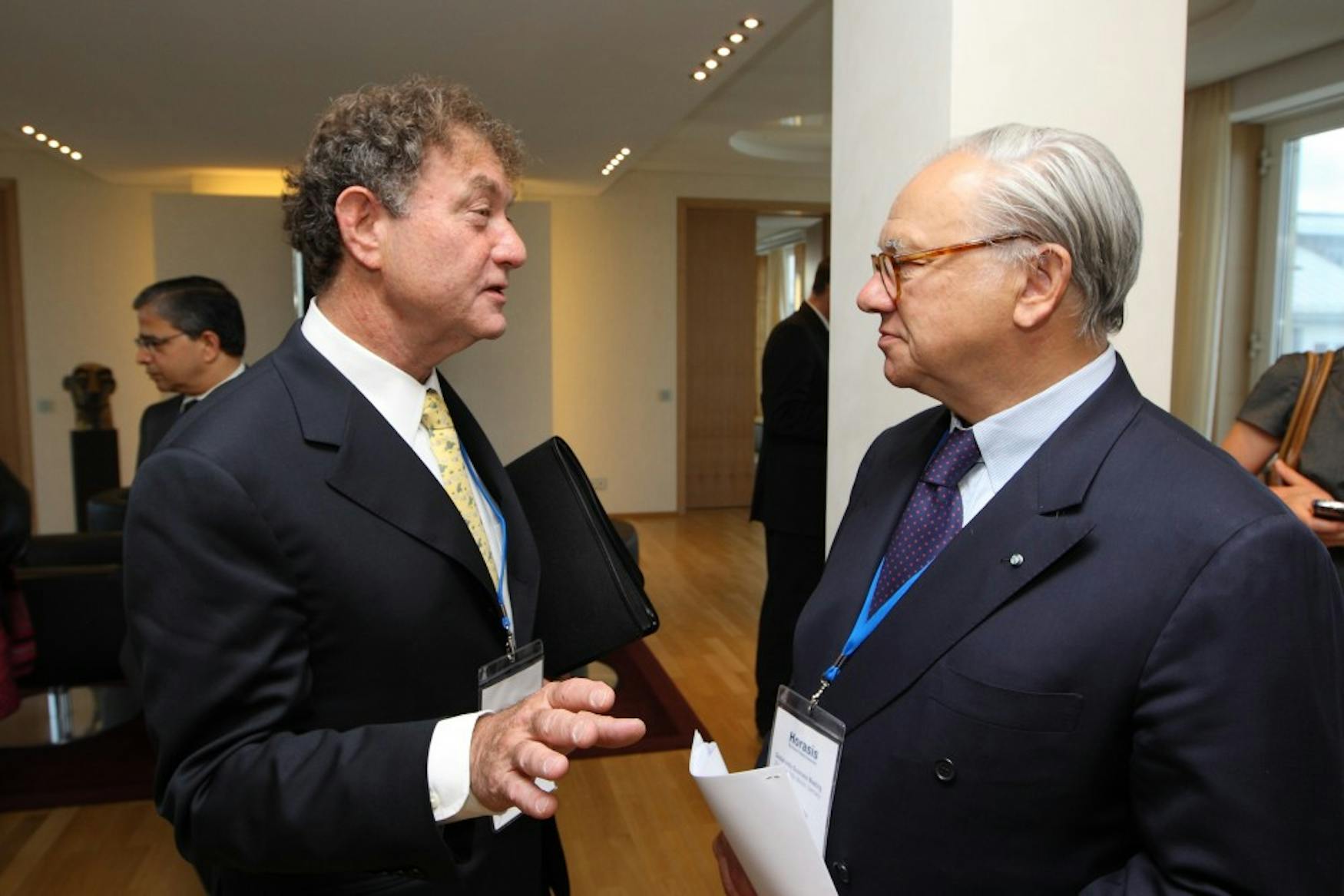Innovate, develop, repeat
Hassenfeld Innovation Center aims to spur innovation while partnering with companies to develop practical products
The Hassenfeld family name is one that Brandeis students are quite familiar with. It can be found written in silver lacquer on the front of a handful of buildings around campus. The name Hassenfeld refers to two brothers from Providence, Rhode Island, Henry and Hillel, who, in 1923, founded a company that sold textile remnants: rolls of fabric that are left over from the textile production process. They named the company Hassenfeld Brothers.
Nearly 30 years later, after a gradual transition into the toy industry, Hassenfeld Brothers introduced a new toy that would wind up in Pixar’s Toy Story films and in children’s toy chests around the world: Mr. Potato Head. A decade or so later, the brothers from Providence would officially change the name of their once-little toy startup to its current incarnation: toy giant Hasbro.
The Hassenfelds have provided generous donations to the University since its founding. On November 7th of this year, the Brandeis International Business School announced the latest benefaction of the Hassenfeld family: the Hassenfeld Family Innovation Center.
Alan Hassenfeld, a founding donor, grandson of Hasbro co-founder Henry Hassenfeld and the recently retired CEO of Hasbro, offered the $2.5 million gift.
Given the family’s history of entrepreneurial innovation and business acumen, it only makes sense that their latest contribution to the Brandeis campus would be a center dedicated to maximizing contact between the University’s internal research and development with external commercial entities, merging the innovation done at Brandeis with commercial opportunities across the globe.
The Hassenfeld Center will work in conjunction with the Office of Technology Licensing (OTL) to increase outreach with research done at Brandeis by faculty, students or post-doctoral fellows to the corporate world. Aside from improved contact with innovative outside firms, the center also aims to assist in furthering research and development that takes place at the University.
Provost Lisa Lynch will oversee the new center, which is to conduct all activity out of existing offices at the OTL and Brandeis IBS. At this time, there are no plans to build offices specific to the Center.
Rebecca Menapace is the associate provost for innovation and the executive director of the OTL. Her focus for the center will be on scaling the infrastructure needed to facilitate technology development and commercialization across University departments.
“[The Center] will promote a culture of innovation and foster intellectual collaborations and synergies throughout the Brandeis community,” Menapace wrote in an email to the Justice.
The Brandeis OTL will play a major role in accomplishing the Center’s goals, building on the success of the Brandeis Virtual Incubator’s Sprout Grant Program. The Sprout Grant Program dispenses grants ranging from $5,000 to $20,000 to nurture and support the entrepreneurial activities of Brandeis students, post-doctoral fellows and faculty.
The Hassenfeld Center will build on that program’s success through the OTL, which provides expertise in technology for licensing, patenting and a variety of other entrepreneurial related fields. Menapace looks forward to the Hassenfeld Center’s future work with the OTL. “The Center will allow us to take advantage of our Metrowest location and forge relationships with local biotechs, pharmaceutical companies and venture capital firms,” she wrote.
In terms of how the Hassenfeld Center will benefit Brandeis students, Menapace sees many technological commercialization related opportunities. For instance, students might learn about the patenting process of new inventions, assessing the commercial viability of new discoveries, as well as helping develop business and marketing plans for potentially commercial discoveries. Students will also have the opportunity to work with industry partners. Along with mentoring programs for students and faculty, the Center might also explore internships and fellowships for students.
While the Center will certainly provide resources for greater on-campus research to be conducted, a central tenet will be to increase outreach with outside firms. Menapace described a past example of the benefits of connecting research done at Brandeis with leaders in the commercial world. Prof. Neil Simister (BIOL), in collaboration with a group of doctors from Brigham and Women’s Hospital and Boston Children’s Hospital, discovered a way to commercialize delivery methods for novel drugs. Simister and his partners founded a firm, Syntonix, based off this new technology. In 2007, biotech giant Biogen Idec bought Syntonix for $120 million.
The Hassenfeld Center will aim to translate breakthrough research in an academic setting into a practical product or service for the public’s benefit.
It will undoubtedly face hurdles. But the same vision that led the Hassenfeld brothers to found what would ultimately become the world’s leading toy company extends to Henry Hassenfeld’s grandson Alan Hassenfeld.
While speaking at the Nov. 7 announcement of his family’s latest contribution to the Brandeis community, Alan succinctly summed up the Center’s purpose.
According to the BrandeisNow website, Hassenfeld said, “The groundbreaking research happening at Brandeis presents an exceptional opportunity to fulfill the deepest values of our university—changing the world through knowledge and action that serves the greater good.”



Please note All comments are eligible for publication in The Justice.